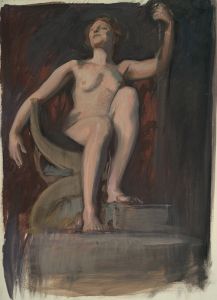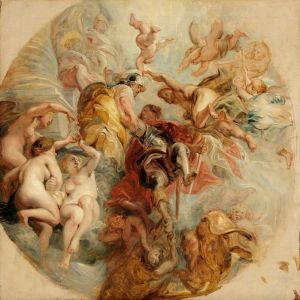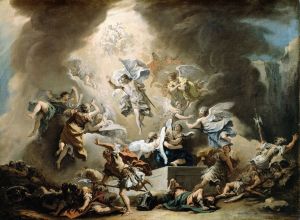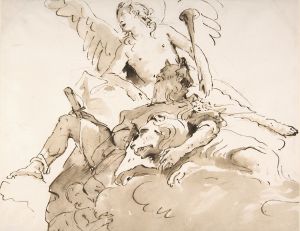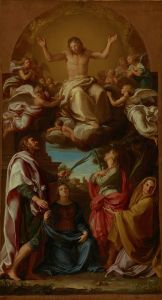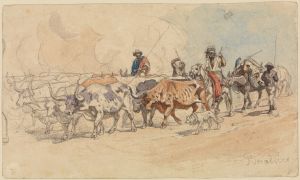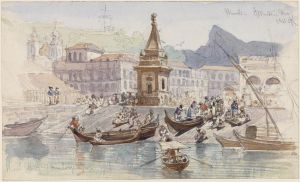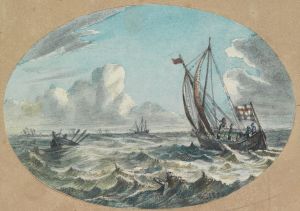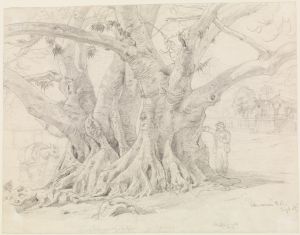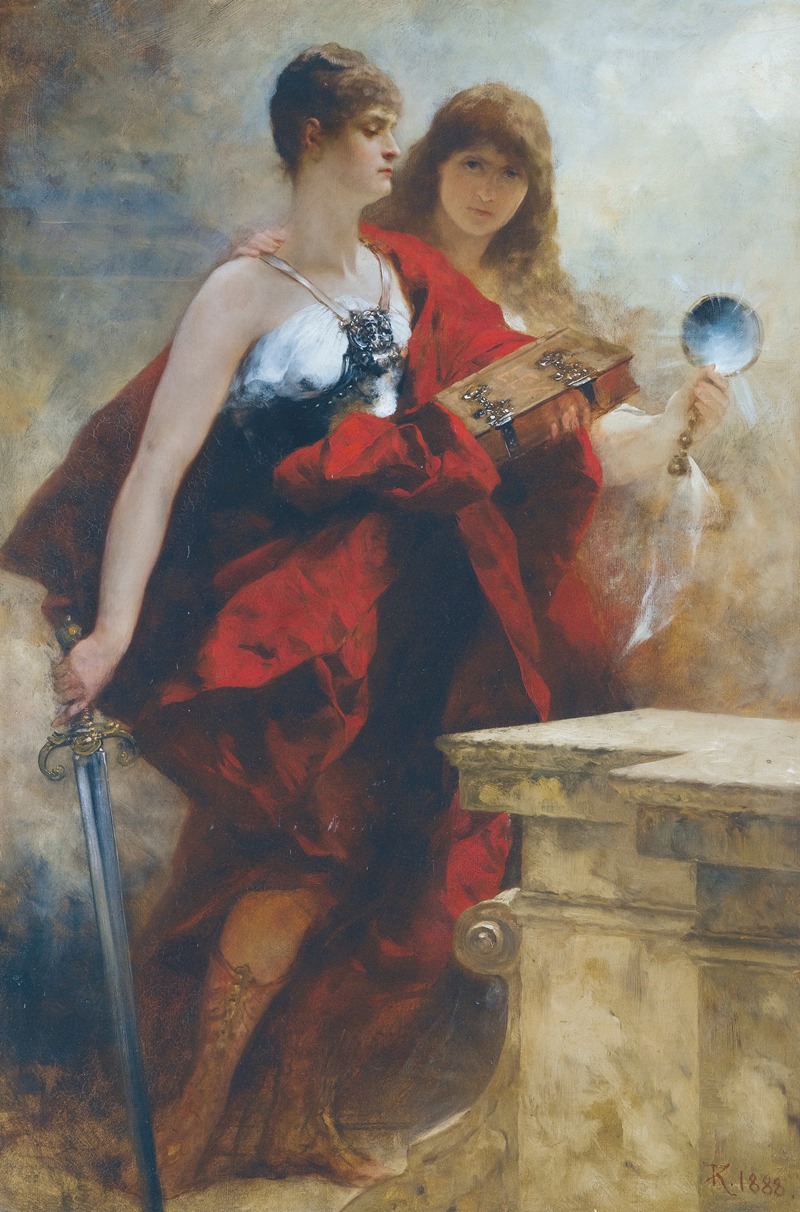
Study For The Apotheosis Of Emperor Wilhelm I
A hand-painted replica of Ferdinand Keller’s masterpiece Study For The Apotheosis Of Emperor Wilhelm I, meticulously crafted by professional artists to capture the true essence of the original. Each piece is created with museum-quality canvas and rare mineral pigments, carefully painted by experienced artists with delicate brushstrokes and rich, layered colors to perfectly recreate the texture of the original artwork. Unlike machine-printed reproductions, this hand-painted version brings the painting to life, infused with the artist’s emotions and skill in every stroke. Whether for personal collection or home decoration, it instantly elevates the artistic atmosphere of any space.
Ferdinand Keller was a notable German painter of the 19th century, recognized for his contributions to historical and allegorical painting. One of his works, "Study for The Apotheosis of Emperor Wilhelm I," reflects his skill in capturing the grandeur and significance of historical events through art. This piece is a preparatory study for a larger work that was intended to celebrate the life and achievements of Emperor Wilhelm I of Germany.
Wilhelm I was the first Emperor of the newly unified Germany, ascending to the throne in 1871. His reign marked a significant period in German history, characterized by the unification of various German states under Prussian leadership, largely orchestrated by his Chancellor, Otto von Bismarck. The apotheosis, or elevation to divine status, of Wilhelm I in art was a common theme during this era, as it symbolized the nationalistic pride and the monumental changes occurring in Germany at the time.
Keller's study likely served as a preliminary exploration of themes, composition, and figures that would be included in the final work. Such studies were common practice among artists, allowing them to experiment with different elements before committing to the final piece. While specific details of this study are not widely documented, it can be inferred that Keller's work would have included allegorical figures, possibly representing virtues or historical events, surrounding the central figure of Wilhelm I.
Ferdinand Keller was known for his ability to blend realism with idealism, often infusing his historical paintings with a sense of drama and movement. His works typically featured detailed and expressive figures, set against grand and often dramatic backdrops. This approach would have been well-suited to a subject like the apotheosis of an emperor, where the aim was to convey both the historical significance and the almost mythic stature of the figure being depicted.
The study for "The Apotheosis of Emperor Wilhelm I" would have been part of a broader cultural movement in Germany that sought to solidify the emperor's legacy and the newfound unity of the German Empire through art and other forms of cultural expression. Such works were intended to inspire a sense of national pride and continuity, linking the present achievements of the nation to a glorified past.
While the final version of "The Apotheosis of Emperor Wilhelm I" by Keller may not be as widely recognized today, the study remains an important example of how art was used to reflect and shape public perception of historical events and figures. It highlights the role of artists like Keller in the cultural and political life of 19th-century Germany, where art served not only as a form of personal expression but also as a tool for political and nationalistic messaging.
In summary, "Study for The Apotheosis of Emperor Wilhelm I" by Ferdinand Keller is a testament to the artist's skill in historical painting and his contribution to the visual culture of his time. Through this work, Keller participated in the broader narrative of German unification and the celebration of its leaders, capturing the spirit of an era marked by profound change and national pride.





